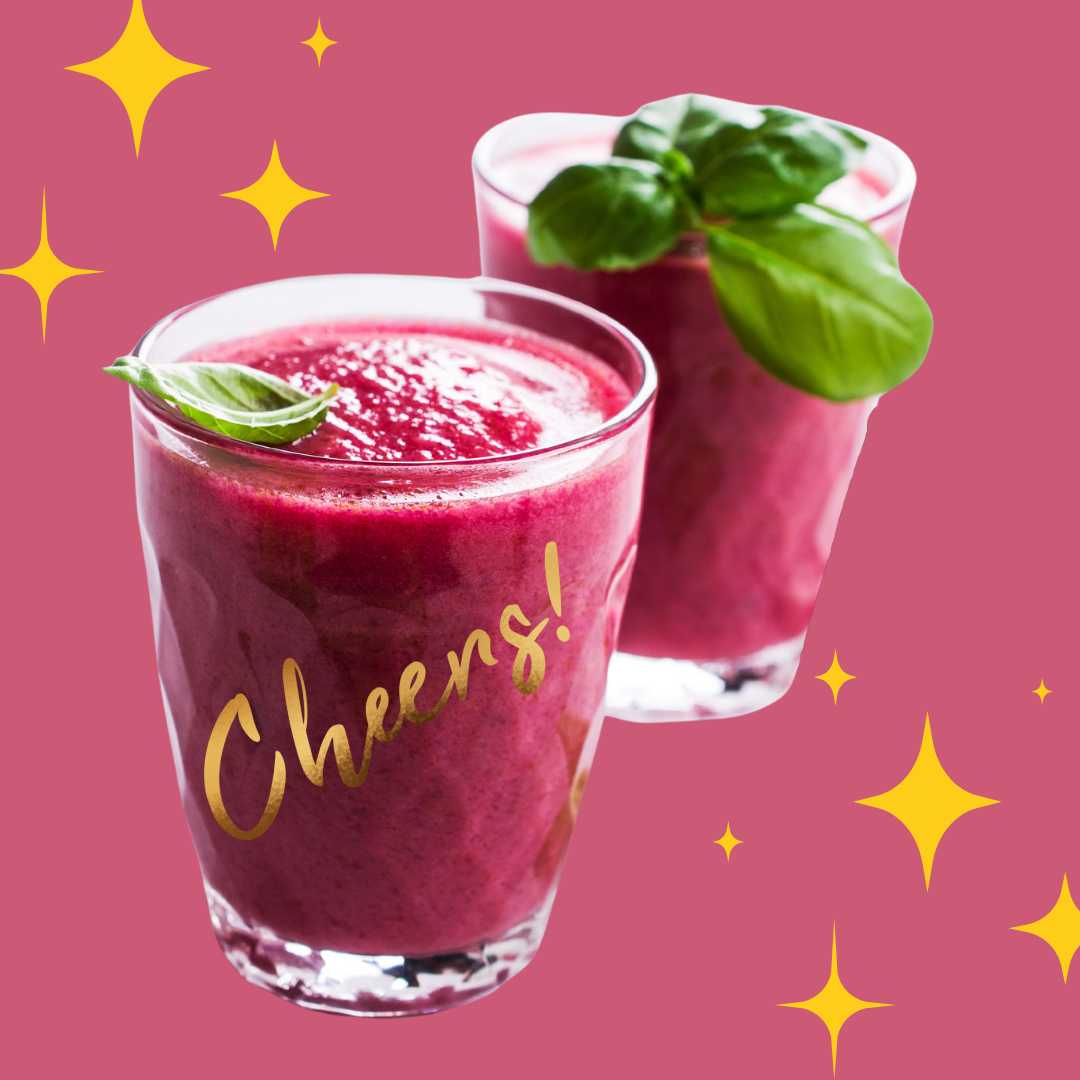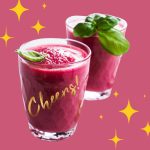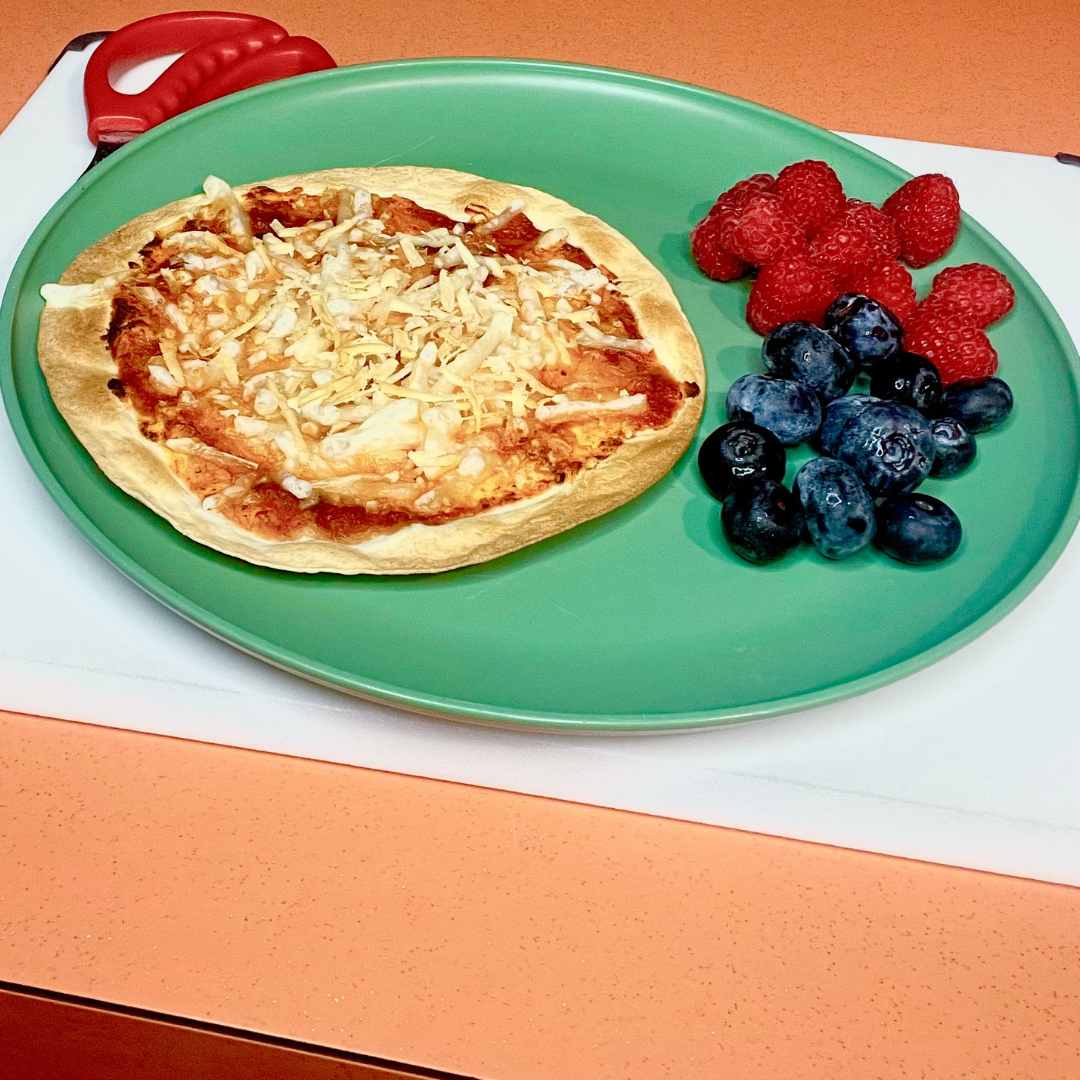Exploring the Versatility and Health Benefits of Beets: A Guide to Incorporating Beets in Your Diet
Beets, with their vibrant color and earthy flavor, are a versatile vegetable that can be enjoyed in various forms. Whether you’re looking to pair them with complementary fruits, use raw beetroot in a smoothie, discover the healthiest cooking methods, or determine the ideal beet consumption, this article aims to provide answers to these commonly asked questions.
What fruit goes well with beets?
Beets can be wonderfully paired with a range of fruits to create delicious and nutritious combinations. Some fruits that complement the earthy flavor of beets include:
a) Berries: Blueberries, raspberries, and strawberries add a touch of sweetness and a burst of antioxidants to beet-based smoothies or salads.
b) Citrus fruits: Oranges, grapefruits, and lemons provide a refreshing and tangy contrast to the natural sweetness of beets. Their vitamin C content also enhances the absorption of iron from beets.
c) Apples and pears: These fruits lend a crisp texture and a subtle sweetness that harmonizes well with the earthiness of beets.
Can you use raw beets in a smoothie?
Yes, raw beetroot can be used in smoothies. However, it’s important to note that raw beets have a firm texture and a slightly stronger flavor. To ensure a smooth consistency, it’s recommended to grate or finely chop the raw beetroot before adding it to the blender. Additionally, balancing the flavors with other ingredients like fruits, leafy greens, and a liquid base such as coconut water or almond milk can help mellow the beet’s taste.
What is the healthiest way to eat beets?
The healthiest way to eat beets is by preserving their nutrients and minimizing the loss of beneficial compounds during the cooking process.
Here are a few methods to consider:
a) Steaming: Steaming beets helps to retain their nutrients, especially water-soluble vitamins like vitamin C. It also maintains its natural sweetness and vibrant color.
b) Roasting: Roasting beets will intensify their natural flavors and caramelizes their sugars. Wrap whole beets in foil and bake them at a moderate temperature until they are tender. This method enhances the earthy taste and creates a delightful texture.
c) Grating or shredding: Consuming beets in their raw form, by grating or shredding them, preserves their nutrients and enzymes. Raw beets are an excellent addition to salads, slaws, or as a topping for sandwiches.
Is it OK to eat beets every day?
Eating beets in moderation as part of a balanced diet is generally safe and beneficial. However, it’s important to consider individual factors such as personal health conditions and dietary preferences.
a) Nutrient diversity: While beets offer various health benefits, it’s essential to consume a variety of fruits, vegetables, whole grains, lean proteins, and healthy fats to ensure a well-rounded nutrient intake.
b) Oxalate content: Beets contain oxalates, which can contribute to the formation of kidney stones in susceptible individuals. If you have a history of kidney stones or are at risk, it’s advisable to moderate your beet consumption and consult with a healthcare professional.
c) Monitoring sugar intake: Beets have a naturally sweet taste due to their sugar content. If you have diabetes or need to watch your sugar intake, it’s important to factor in the sugar content of beets and consider portion control.
Conclusion
Beets are a nutritious and versatile vegetable that can be enjoyed in various ways. Pairing them with complementary fruits, using raw beetroot in smoothies, and exploring healthy cooking methods can enhance their nutritional value and taste. Steaming or roasting beets, as well as incorporating them into raw preparations, can help retain their beneficial compounds and flavors.
While beets can be consumed daily, it’s important to maintain a balanced diet by incorporating a wide range of fruits, vegetables, and other food groups. Individual factors such as existing health conditions and dietary restrictions should also be taken into consideration.
As with any dietary change, it’s advisable to consult with a healthcare professional or registered dietitian who can provide personalized guidance based on your specific needs and health goals.
Incorporating beets into your diet can be a delicious and nutritious way to enhance your overall well-being. Whether you enjoy them in smoothies, salads, soups, or roasted dishes, beets offer a range of health benefits and add a vibrant touch to your meals. Embrace their versatility and savor the numerous ways you can enjoy this wonderful root vegetable.
Here’s a recipe for an anti-inflammatory beet smoothie:
Ingredients:
- 1 medium-sized beet, peeled and chopped
- 1 cup frozen berries (such as blueberries or raspberries)
- 1 cup spinach or kale leaves
- 1 ripe banana
- 1 tablespoon chia seeds
- 1 tablespoon flaxseeds
- 1 cup almond milk or any other plant-based milk
- 1 tablespoon honey or maple syrup (optional, for sweetness)
- Ice cubes (optional, for extra chill)
Instructions:
- Prepare the beet: Wash the beet thoroughly, peel it, and chop it into small pieces. You can also boil or steam the beet beforehand to soften it if desired.
- Combine the ingredients: In a blender, add the chopped beet, frozen berries, spinach or kale leaves, ripe banana, chia seeds, flaxseeds, almond milk, and sweetener (if using). If you prefer a colder smoothie, you can add a handful of ice cubes as well.
- Blend until smooth: Start blending the ingredients on low speed and gradually increase the speed until the mixture becomes smooth and well combined. Blend for 1-2 minutes or until you reach your desired consistency.
- Adjust the sweetness: Taste the smoothie and add more sweetener if needed. Keep in mind that the natural sweetness from the fruits may be sufficient for your taste, so adjust according to your preference.
- Serve and enjoy: Pour the smoothie into glasses and serve immediately. You can also garnish it with a sprinkle of chia seeds or a few berries on top. This smoothie is best enjoyed fresh, but you can store any leftovers in the refrigerator for up to 24 hours.
This anti-inflammatory beet smoothie is packed with nutrients from the beets, berries, leafy greens, and seeds. It’s a refreshing and healthy drink that can help support overall well-being. Enjoy!
Anti-Inflammatory Beet Smoothie
Equipment
- Blender
Ingredients
- 1 medium-sized beet peeled and chopped
- 1 cup frozen berries such as blueberries or raspberries
- 1 cup spinach or kale leaves
- 1 ripe banana
- 1 tablespoon chia seeds
- 1 tablespoon flaxseeds
- 1 cup almond milk or any other plant-based milk
- 1 tablespoon honey or maple syrup optional, for sweetness
- Ice cubes optional, for extra chill
Instructions
- Prepare the beet: Wash the beet thoroughly, peel it, and chop it into small pieces. You can also boil or steam the beet beforehand to soften it if desired.
- Combine the ingredients: In a blender, add the chopped beet, frozen berries, spinach or kale leaves, ripe banana, chia seeds, flaxseeds, almond milk, and sweetener (if using). If you prefer a colder smoothie, you can add a handful of ice cubes as well.
- Blend until smooth: Start blending the ingredients on low speed and gradually increase the speed until the mixture becomes smooth and well combined. Blend for 1-2 minutes or until you reach your desired consistency.
- Adjust the sweetness: Taste the smoothie and add more sweetener if needed. Keep in mind that the natural sweetness from the fruits may be sufficient for your taste, so adjust according to your preference.
- Serve and enjoy: Pour the smoothie into glasses and serve immediately. You can also garnish it with a sprinkle of chia seeds or a few berries on top. This smoothie is best enjoyed fresh, but you can store any leftovers in the refrigerator for up to 24 hours.




